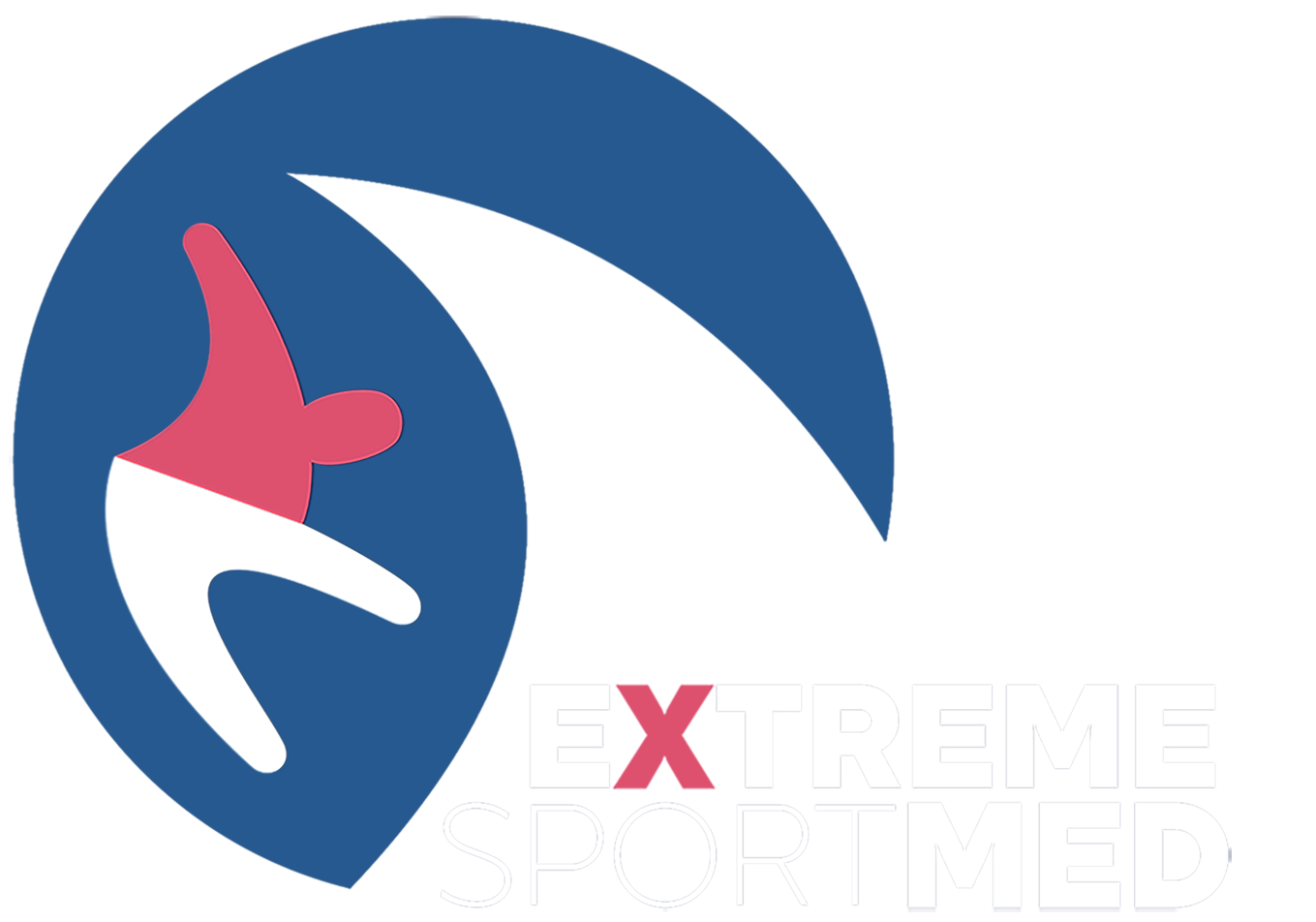M. Marzorati
Institute of Biomedical Technologies, National Research Council, Milan, Italy
SUMMARY
Background. Altitude training has been shown to improve endurance and ultra-en- durance performance at altitude, whereas the possible benefits from altitude/hypoxic training for competing at sea level have been, and still are, a matter for debate. Reasons for this discrepancy may result from the variety of protocols utilized in terms of alti- tude, natural or simulated, to which the athletes were exposed, and amount of the time spent at altitude. In order to conciliate previous findings and provide practical recommendations to athletes, the concept of optimal “hypoxic dose” has been defined. Methods. To perform a review of the literature concerning the effects of altitude train- ing on athletic performance. Results. The dominant paradigm is that the improved performance at sea level is due primarily to an accelerated erythropoiesis due to the reduced oxygen available at alti- tude, leading to an increase in red cell mass. Indeed, in recent years it has become evident that other non-hematological factors (improved muscle efficiency, greater muscle buffering capacity, etc.), may contribute to improve athletic performance. Conclusions. Despite more than fifty years of research and studies, altitude training remains a controversial issue and yet, there are many unanswered questions.
KEY WORDS: Endurance performance; haemoglobin; Live High-Train Low; neocytolysis
